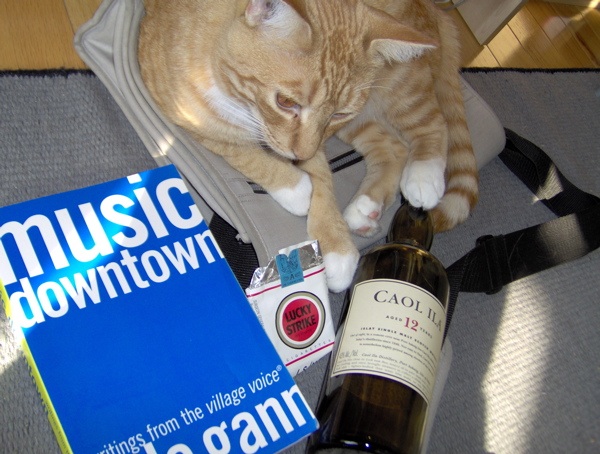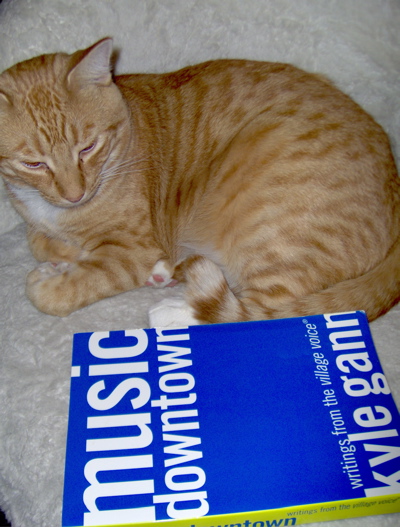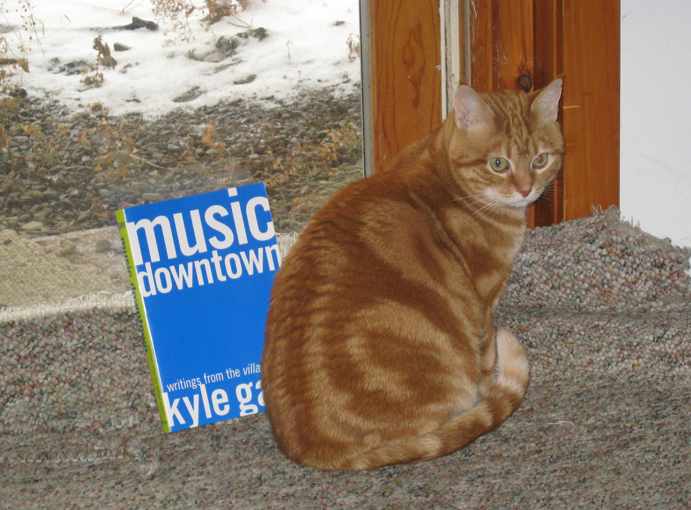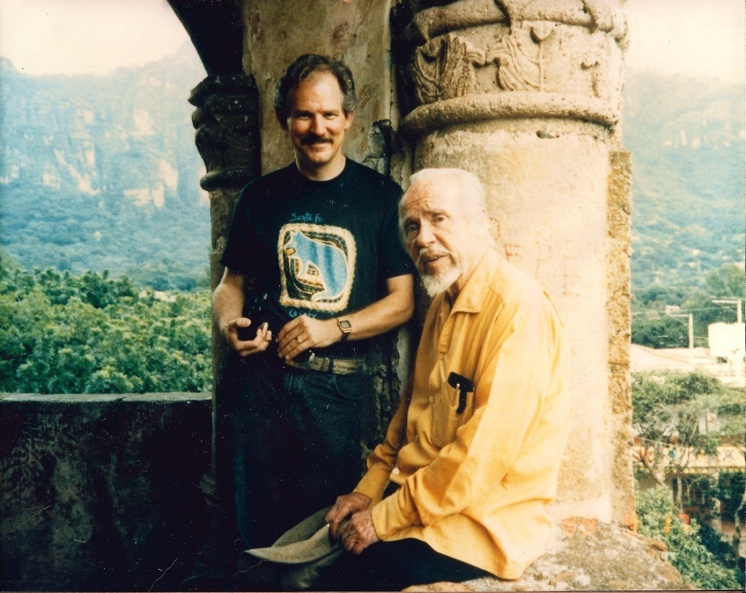I love reading David Mamet’s essays while I’m composing, because he so trenchantly exhorts the artist to be honest, to limit him- or herself to moves that advance the action of the piece, and to avoid the chicanery of poetic touches that do not carry the action forward. I suppose I love it all the more because what constitutes chicanery in music is not exactly what constitutes it in theater or film, thus I get to interpret his exhortations to fit my comfort level. And his observations of the artistic world are much in sync with mine. From Bambi Vs. Godzilla, in a discussion about getting graduate degrees in filmmaking:
Of what use is this graduate film diploma, then? As evidence of the bona fides of the applicant. For someone capable of putting up with X years of the nonsense of school would be odds-on willing to submit to the sit-down-and-shut-up rigors of the bureaucratic environment.
Perhaps, then, this graduate course functions, whether through design or happy accident, not to train but to certify house slaves.
A former student expressed frustration with the hoops that grad schools were putting her through for admission, but added, “Well, I guess this is how they winnow out the weak.” No no, I told her, the purpose of grad school is to winnow out the disobedient, those who have minds of their own and refuse to squelch them.
More from a few pages later:
Helpful hints to the filmmaker and the viewer: The compliments – “What visuals!” “What craft!” “What use of the camera!” and “What technique!” – all mean “the script stinks.”
We use a couple of those in music, too, to which I could add, “The orchestration was amazing!” – which, correctly translated, means, “I have no idea what that piece was trying to do.”
I also like this. Mamet warns against the idiocy of audience-testing a film with people who know their opinion may spur the producer to make changes, and also against the unreality of trusting any reaction from work shown to one’s friends or colleagues in an academic setting.
Is it necessary to gauge the audience? Sure thing. The way to do it is to sit in the back of the theater while the film is being screened and watch their reactions when their attention is off themselves; that’s the way to see if the film, and any section of it, works or fails.
This is also how I get the most solid feedback about my own music, and a technique I habitually used as a critic to judge how music was going over – tremendously more reliable than asking people’s opinions at intermission.

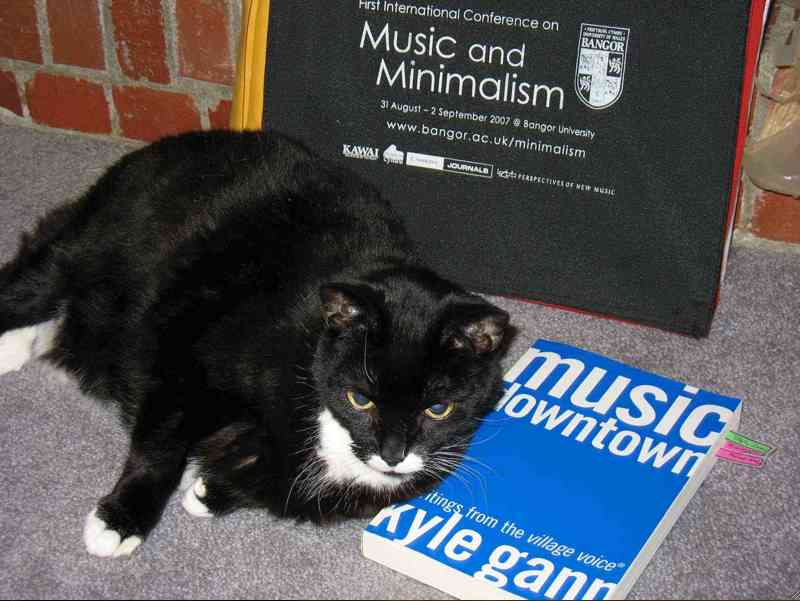
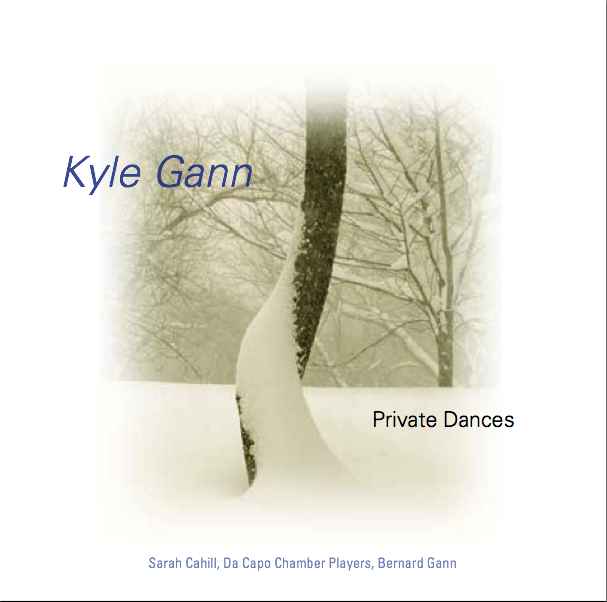 A copy of my new CD on the New Albion label, Private Dances, has just been handed to me. The official release date is January 22. My stuff never seems to get out quite in time for Christmas (this happened with Music Downtown two years ago too), but then, I’m not much for participating in American commercialism anyway. I guess.
A copy of my new CD on the New Albion label, Private Dances, has just been handed to me. The official release date is January 22. My stuff never seems to get out quite in time for Christmas (this happened with Music Downtown two years ago too), but then, I’m not much for participating in American commercialism anyway. I guess.